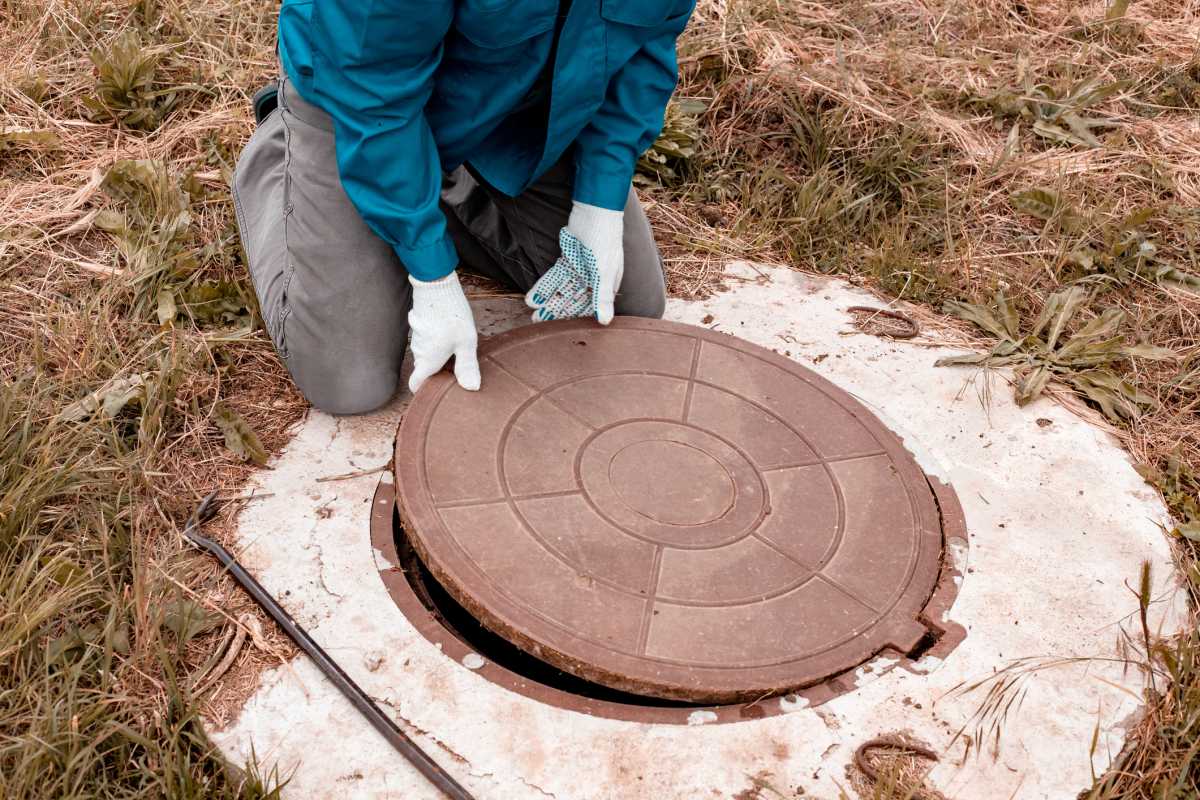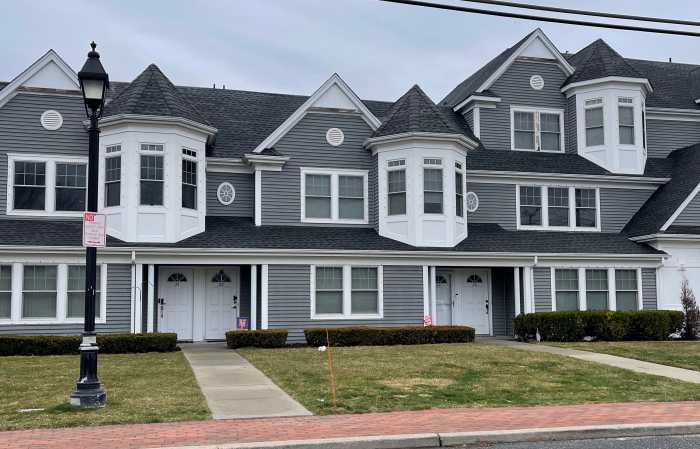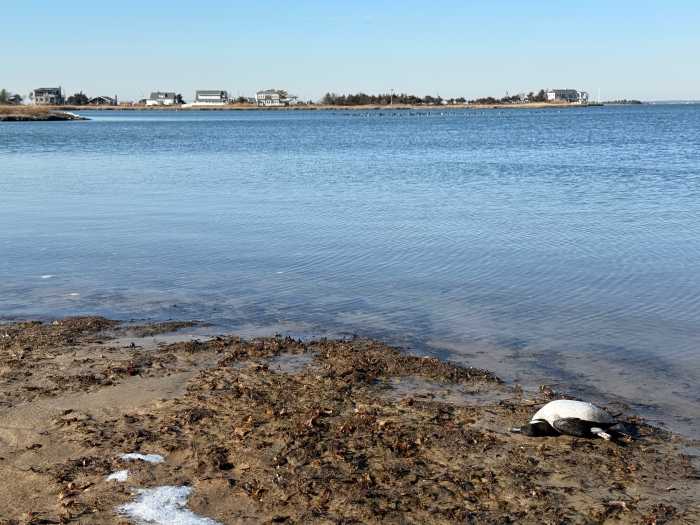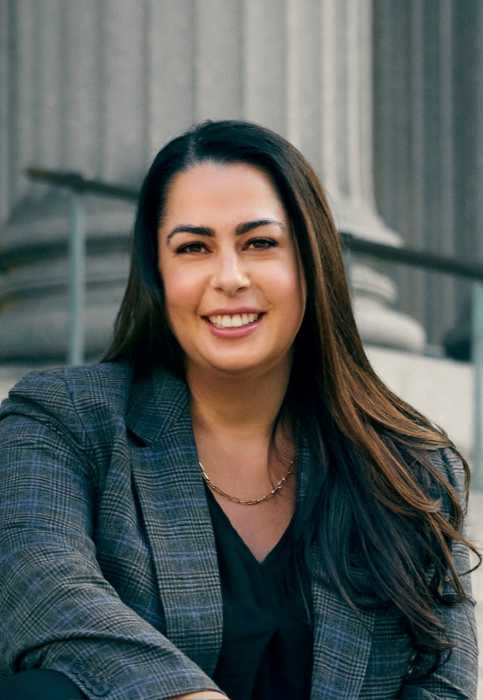Suffolk County is being granted a massive sum of money to help update and replace failing septic systems throughout the county. New York State Governor Kathy Hochul signed this movement into legislation just before August to allocate $30 million to help homeowners update their septic systems. Labeled as Legislation S8241-A/A8807, Suffolk County has secured $20 million of that funding.
Property owners who choose to upgrade their basic septic system can receive up to 50% of the cost back, up to $10,000, if deemed eligible. In an effort to encourage upgrades to enhanced systems, property owners may be eligible to receive 75% of the $25,000 cost back.
“Outdated or failing septic systems are a significant contributor to nutrient pollution in New York, fueling harmful algal blooms (HABs) and negatively impacting water quality,” said the Governor’s team in a press release on this matter.
It is the latest action by Governor Hochul to help recover and protect water quality for New York State residents. Since taking office in 2021, the Governor has allocated massive funds for clean water. According to her team, Hochul’s commitment to protecting water quality in New York State is record-breaking.
“Access to clean water is a basic right, and communities from Montauk to Buffalo deserve safe, reliable water infrastructure,” Hochul said after signing this into legislation.
In Suffolk County, this impact will be huge due to the fact that Long Island relies on Sole Source Aquifers (SSAs). The Environmental Protection Agency (EPA) defines a Sole Source Aquifer as “a groundwater resource that supplies at least 50% of the drinking water for a community and has no other reasonably available alternative drinking water sources if it becomes contaminated,” according to their website. This natural system, consisting of four layers of rock and sediment, filters and stores groundwater. On the Island, reliance on this SSA is nearly 100%.
According to the New York Water Science Center, a recent study conducted in partnership with the United States Geological Survey (USGS) and the New York State Department of Environmental Conservation (NYSDEC) found that the SSA on Long Island provides over 400 million gallons of freshwater to more than 2.8 million people in Suffolk and Nassau counties daily. That water, withdrawn from the aquifer, is replenished by rain, snow, and any type of precipitation that seeps through the ground and into the aquifer. If this rings a bell, you’re probably recalling learning about it in science class when you were growing up.
That brings us to why the money for updating and upgrading septic systems on the Island is so significant. With most residential areas on Long Island relying on cesspools instead of sewers, this becomes even more important. Any leaks or improperly filtered wastewater can contaminate and introduce nitrogen into the aquifer, affecting the drinking water we use every day. Every time someone updates or upgrades their septic system, it is a significant win for Long Island’s freshwater resources.

“The septic Grant will play a critical role in Suffolk County efforts to protect our water, our bases and estuaries,” said Suffolk County Executive Ed Romaine in a press release.
Save the Great South Bay (STGSB), a local 501(c)(3) environmental non-profit dedicated to protecting and preserving the Great South Bay and South Shore environment, has publicly applauded the new act.
“Replacing old cesspools and septic systems with modern, nitrogen-reducing technology is one of the most important things we can do to protect our drinking water and bring back the bay (Great South Bay),” stated STGSB Executive Director Robyn Silvestri in their own blog post about the new legislation act. Suffolk County Legislator Steven Flotteron, who has been very involved in improving Suffolk’s septic systems, did not comment on the matter. The Suffolk County Septic Improvement Program (SIP) also did not respond to an inquiry from Great South Bay News.
According to Governor Hochul’s team, New York State leads the nation in water infrastructure investment. Since 2017, the state has reportedly invested $6 billion in water infrastructure, and that number continues to grow. Suffolk County is also looking for other ways to improve wastewater management.
Last year, a study on Fire Island Wastewater Management was presented to the Suffolk County Legislature’s Environment, Parks & Agricultural Committee. Local environmental groups like STGSB and Operation SPLASH are significant advocates, taking part in upgrading septic systems and installing debris traps in storm drains. Keeping Long Island’s SSA clean is crucial for all who reside on it, and this grant will help incentivize homeowners to do their part in taking care of their septic systems.





























